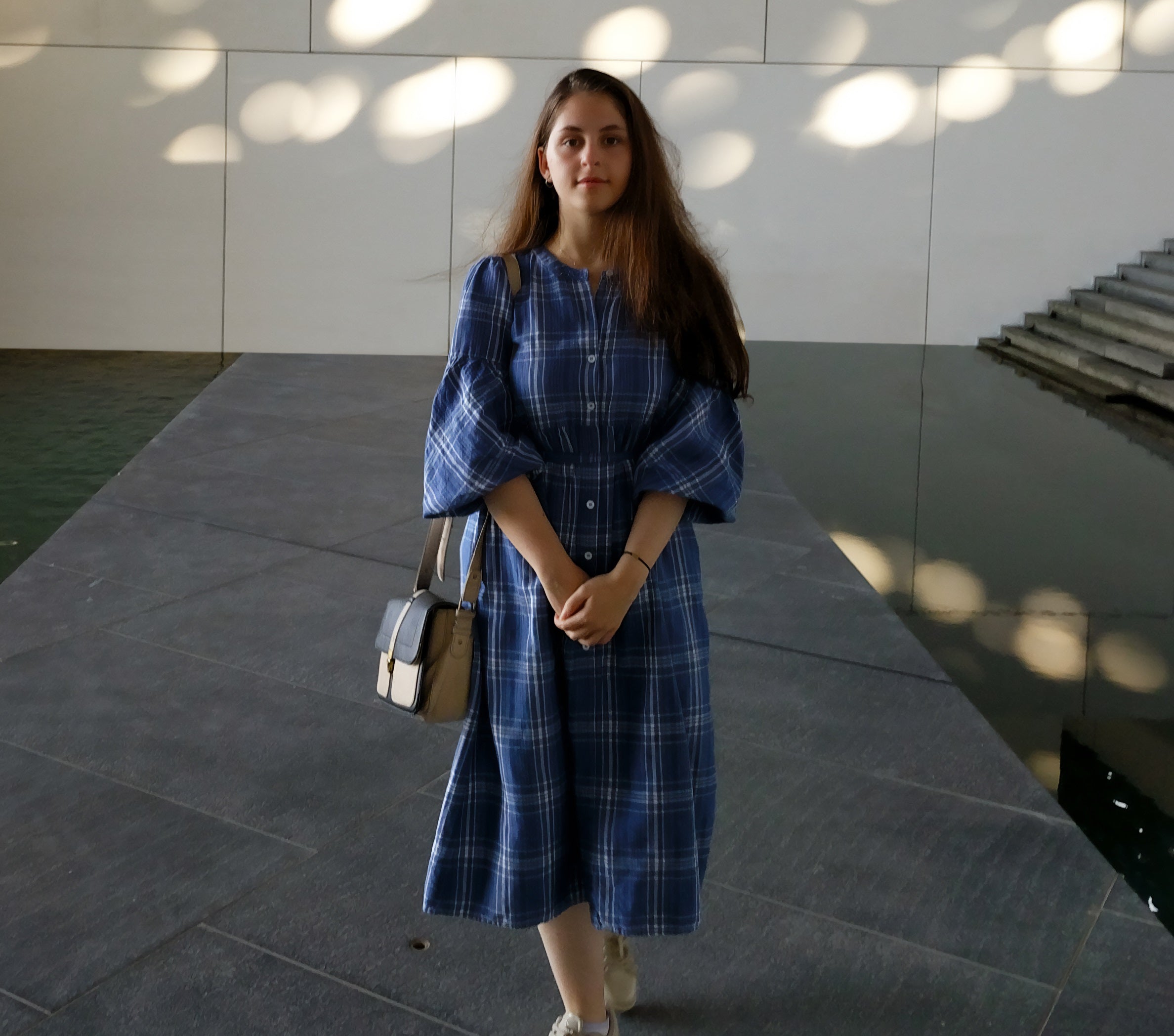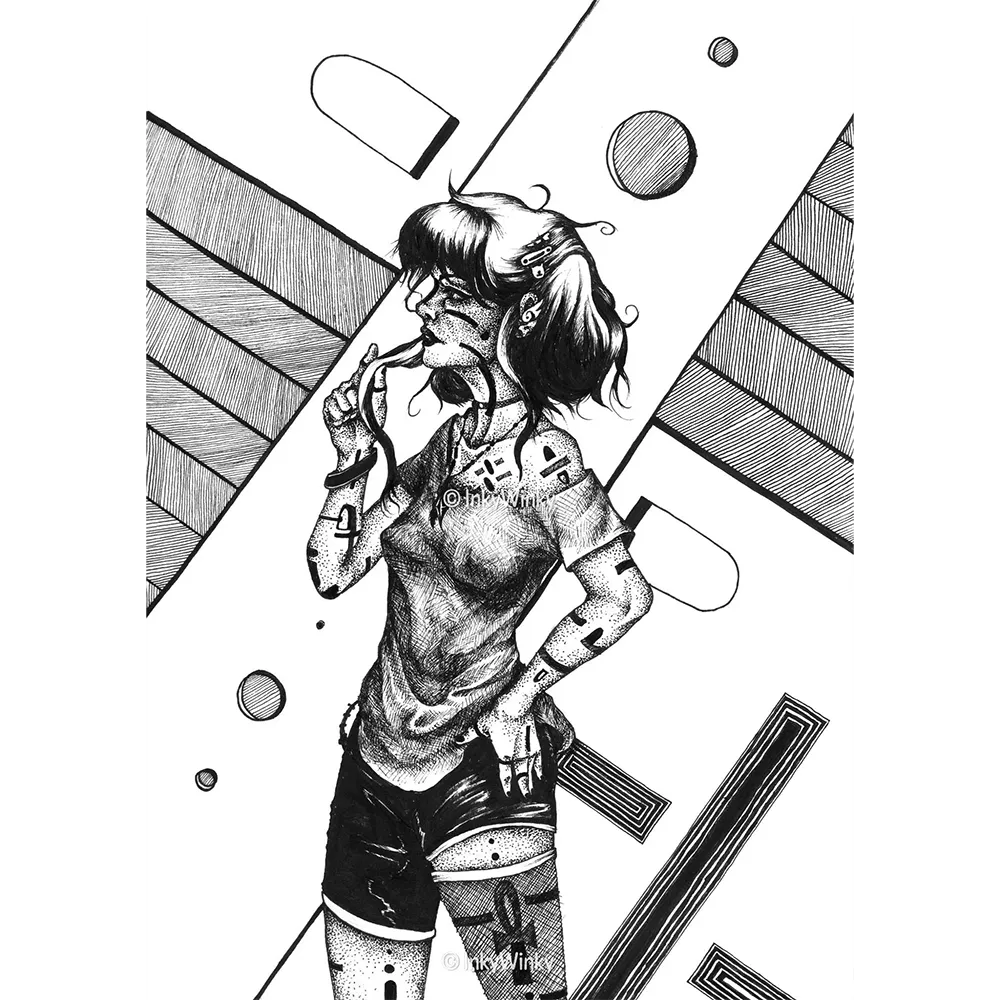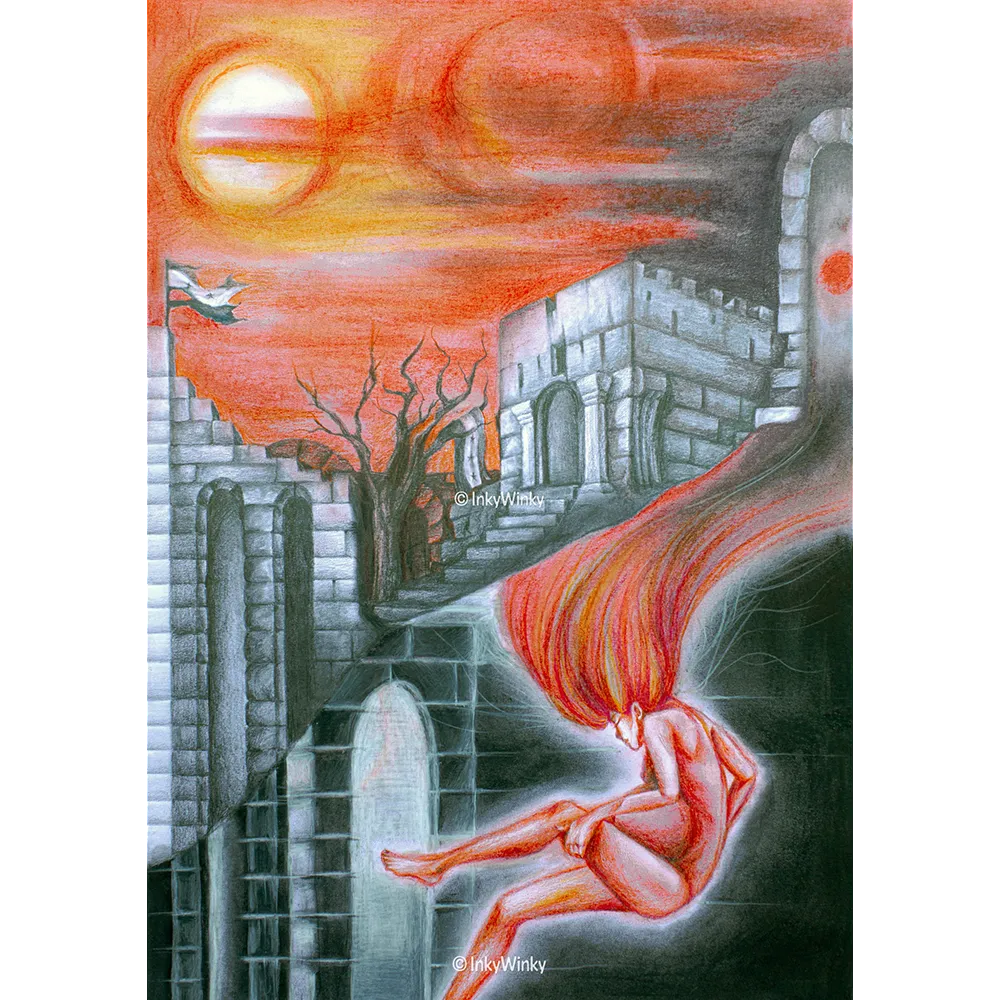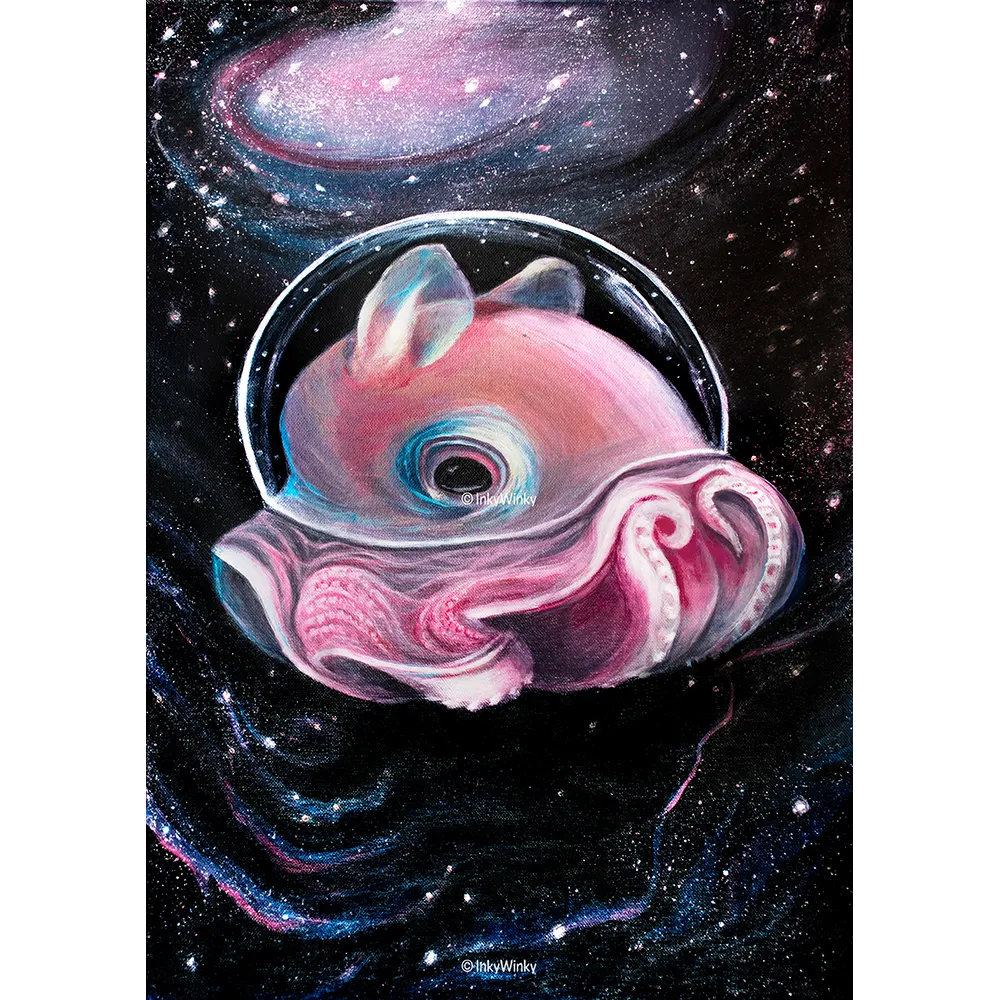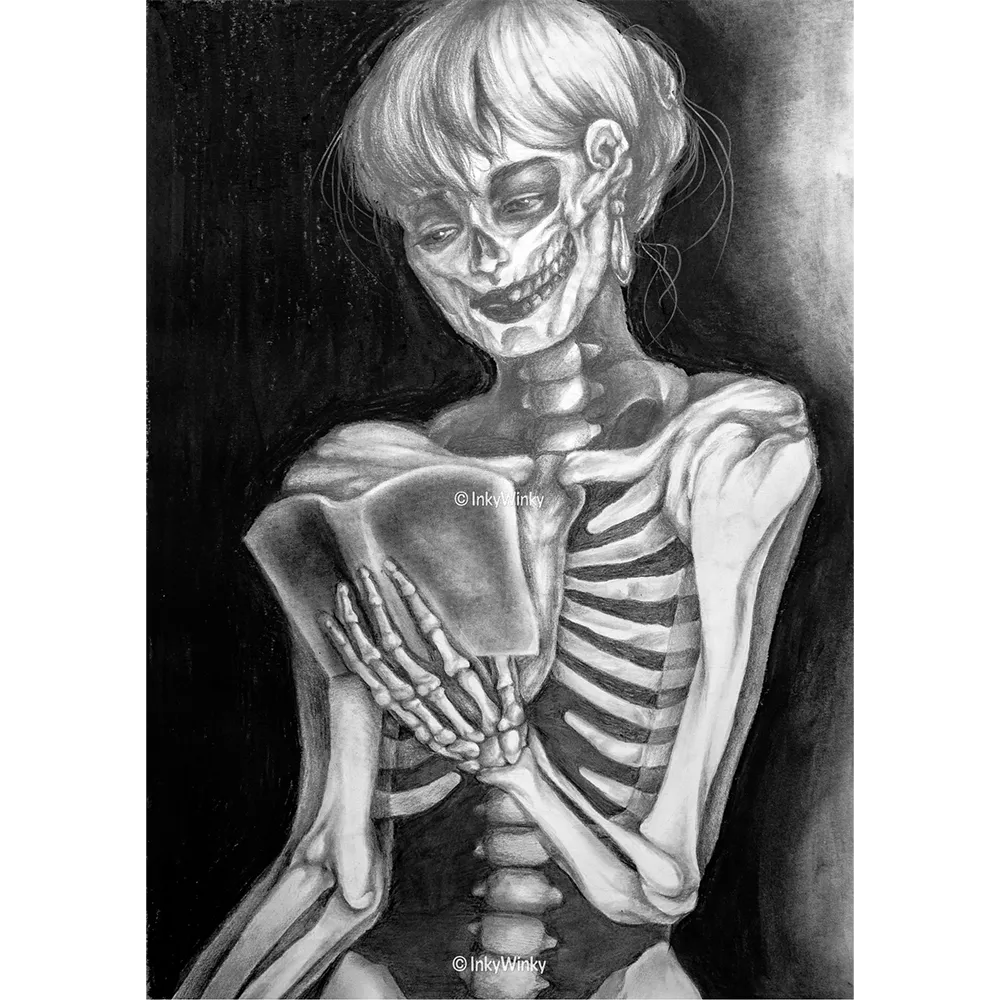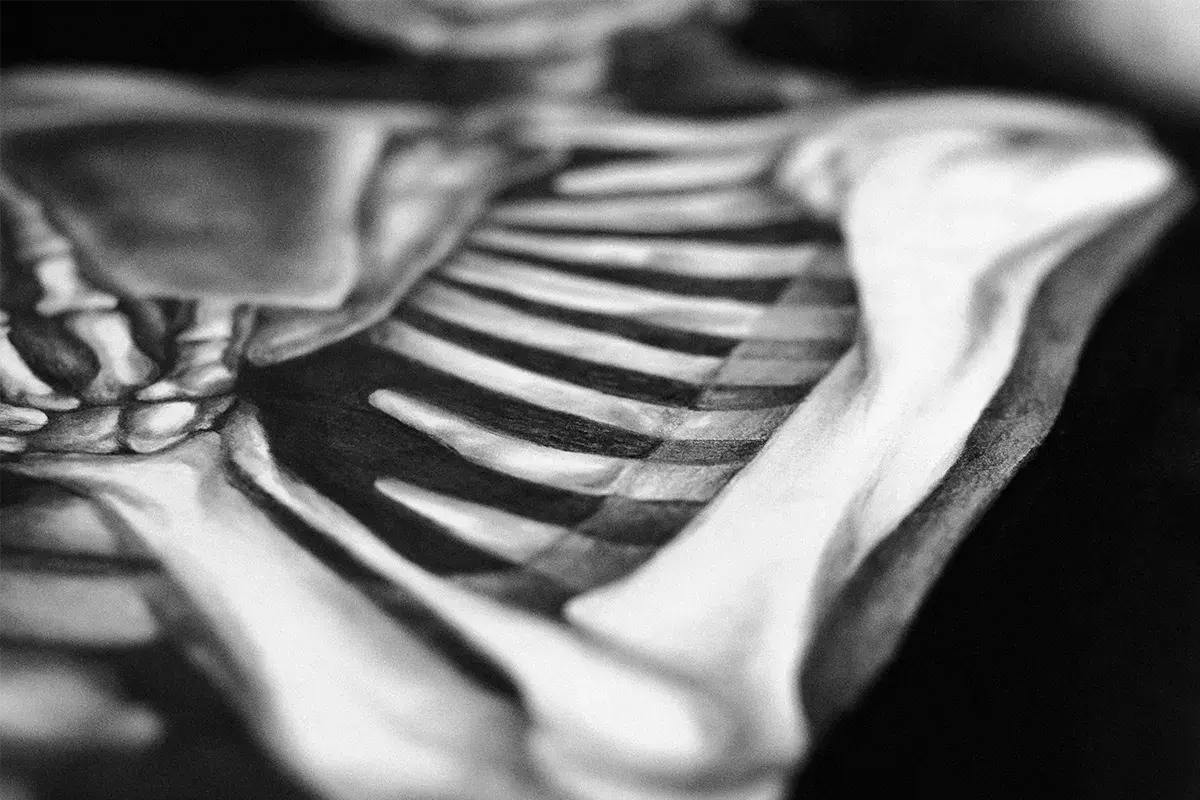What are the Themes Used in Pastel Art?
Pastel art encompasses a wide range of themes, allowing artists to explore and express their creativity across various subjects. One prevalent theme is portraiture, where the soft and blendable nature of pastels lends itself beautifully to capturing the subtleties of the human face. Pastel portraits often convey a sense of warmth and intimacy, creating a connection between the viewer and the subject.
Landscape is another popular theme in pastel art. The medium's ability to convey the vibrant colors of nature and its versatility in depicting various textures make it well-suited for bringing landscapes to life. From sweeping vistas to intimate scenes, pastel artists can evoke the beauty and atmosphere of outdoor settings with remarkable realism.
Still life is yet another theme explored in pastel art, allowing artists to arrange and capture everyday objects in unique and visually appealing compositions. The rich pigments of pastels can be used to portray the interplay of light and shadow, giving still life pieces a sense of depth and dimension.
Abstract and experimental themes are also prevalent in pastel art. The medium's versatility enables artists to explore non-representational forms, textures, and colors, pushing the boundaries of traditional artistic expression. Pastel abstracts often showcase the spontaneity and freedom inherent in the medium.
Ultimately, the themes in pastel art are as diverse as the imaginations of the artists who use them, making this medium a versatile and expressive form of visual storytelling.
What are the Different Kinds of Pastels and Why Do We Use Them?
Pastels come in various forms, each offering unique qualities that cater to different artistic preferences and techniques. The three primary types of pastels are soft pastels, hard pastels, and oil pastels.
Soft Pastels: These are the most popular and widely used pastels. Soft pastels have a high pigment concentration, making them intense and vibrant. They are easy to blend and layer, allowing artists to achieve a broad range of colors and subtle transitions. Soft pastels are favored for their immediate and expressive qualities, making them ideal for a spontaneous and gestural approach to art.
Hard Pastels: Hard pastels have a higher proportion of binder, making them less pigmented than soft pastels. They are excellent for creating fine lines and details due to their firm texture. Artists often use hard pastels for initial sketches or to add precise elements to a composition. The ability to layer hard pastels over soft pastels adds depth and precision to the artwork.
Oil Pastels: Unlike soft and hard pastels, oil pastels contain a non-drying oil and wax binder. They offer a unique creamy consistency and can be applied to a variety of surfaces, including paper, canvas, and even wood. Oil pastels are known for their versatility, allowing artists to blend and layer them like paint. They are a favorite for artists who enjoy experimenting with texture and exploring mixed-media techniques.
The choice of pastel depends on the artist's preferred working style, the desired effect, and the specific techniques they plan to employ in their artwork.
What Kind of Materials Do We Use Pastels On When Making Art?
Choosing the right surface for pastel art is crucial to achieving the desired effects and ensuring the longevity of the artwork. The most common surfaces for pastel art include:
Textured Paper: Pastel paper with a grainy or textured surface provides the ideal tooth for pastels to grip onto. The texture helps hold the pigment in place, allowing for multiple layers and enhancing the vibrancy of the colors. Artists can choose from a variety of colors and textures to suit the mood and theme of their artwork.
Sanded Paper or Surfaces: Sanded paper is specifically designed for pastel work, offering a coarser texture that allows for even more layering and blending. Artists often appreciate the added grip of sanded surfaces, enabling them to create intricate details and achieve a more nuanced range of tones.
Pastel Boards: These are rigid surfaces coated with a fine-grit abrasive that provides an excellent tooth for pastels. Pastel boards are durable and prevent warping, providing a stable foundation for pastel artworks.
Canvas: While less traditional, some artists enjoy working with pastels on canvas. To enhance adherence, artists often apply a primer or gesso to create a textured surface. Canvas offers a different tactile experience and allows for experimentation with mixed media.
Selecting the right surface depends on the artist's preference, the effect they want to achieve, and the techniques they plan to use. Each surface has its unique characteristics, influencing the final appearance of the pastel artwork.



